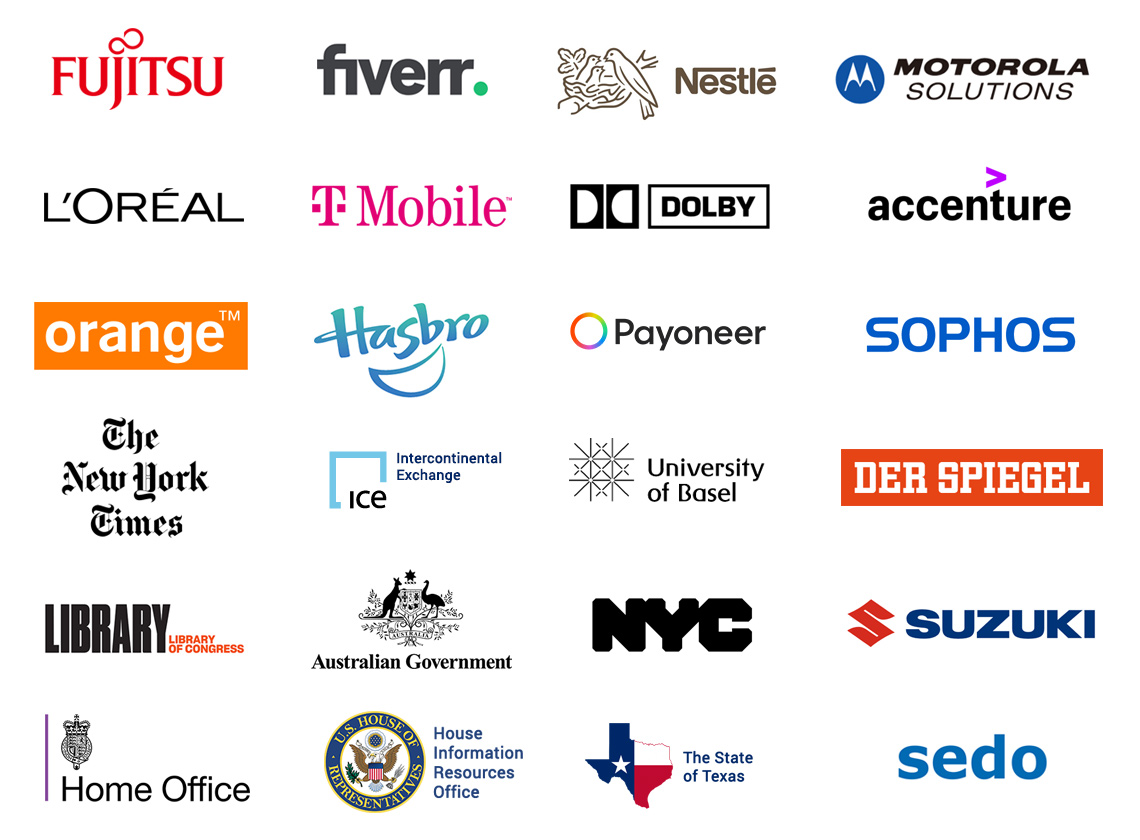TLDR: You can instantly connect to a browser sandbox created by me and my team via browserling.com/browse. We run browsers in containers on our servers and stream them to you as a video. Once you close the browsing session, the browser is destroyed, including history, cookies, and downloads.
Browser Sandbox – What Is It?
A browser sandbox is a security mechanism in which a web browser operates in a restricted environment, isolated from the host system and the host network to prevent malicious code from causing damage or accessing sensitive local data. This technique is commonly used for secure browsing, testing websites across different browser versions, and executing potentially risky tasks in a controlled and disposable virtual environment. By running the browsers in a virtual machine, a browser sandbox an additional layer of security against cyber threats.
How Does a Browser Sandbox Enhance Cybersecurity?
A browser sandbox enhances cybersecurity by creating an isolated environment where web applications run separately from the host operating system, preventing malicious code and downloads from accessing critical system resources and data. This isolation limits the potential impact of security breaches, as any harmful activity is confined within the sandbox, effectively mitigating risks associated with web-based threats. Additionally, sandboxing ensures that any malware encountered during browsing is contained and can be easily eliminated without affecting the overall system integrity.
How Is a Browser Sandbox Used in Web Development?
In web development, a browser sandbox is invaluable for its ability to provide a clean state for each browsing session, ensuring that testing scenarios are reproducible and free from previous session influences. This feature is particularly useful for testing the behavior of web applications and websites under various conditions without residual data skewing the results. Additionally, browser sandboxes come with pre-installed multiple browser versions, eliminating the need for developers to maintain these environments themselves. This makes it easy to test across different browsers for compatibility and performance issues, streamlining the development process.
What Are Browser Sandbox Use Cases?
Cross-Browser Compatibility Testing
Browser sandboxes allow developers to test web applications across multiple browser versions and types, ensuring compatibility and consistent user experience without the need for extensive local environment setups.
Responsive Design Testing
Developers can use a browser sandbox to test how a website adapts to various screen sizes, resolutions, and orientations, essential for verifying responsive web design across devices.
Performance Testing
Browser sandboxes allow performance testing under controlled conditions, enabling developers to analyze website speed, resource usage, and responsiveness across different browsers and settings.
Isolated Code Debugging
A browser sandbox provides a safe environment for debugging code, where developers can test and debug JavaScript without invoking their local development environment or affecting live user sessions.
Secure Code Review
Browser sandboxes are utilized for reviewing and executing untrusted code snippets, allowing cybersecurity professionals to safely assess potential security risks in the code.
Plugin and Extension Testing
Developers use browser sandboxes to safely test new plugins and extensions, ensuring compatibility and security before they are deployed to live environments.
Security Testing
Browser sandboxes are used for safe examination of potentially harmful code, scripts, or new features in an isolated environment, thereby preventing any potential security breaches in the main system.
Phishing Attack Testing
Browser sandboxes are used to safely open and investigate suspicious links and emails, allowing cybersecurity professionals to analyze phishing attacks without risking the main network.
Malware Analysis
A browser sandbox provides a secure environment to analyze the behavior of malware, including viruses, worms, and trojans, helping to understand their mechanisms and develop countermeasures.
Zero-Day Threat Analysis
Browser sandboxes enable the examination of unknown or zero-day threats, allowing experts to analyze and develop patches or fixes before the vulnerabilities are exploited.
What Is Browserling?
Browserling is a browser sandbox platform designed for cybersecurity experts, providing a secure and isolated environment for the testing and analysis of web applications. It also excels in cross-browser testing, allowing developers to evaluate web application performance and security across different browsers and versions. This dual functionality positions Browserling as a critical tool for developers and cybersecurity professionals alike, ensuring not only the seamless operation of web applications across different browsers but also providing resilience against evolving cyber threats.
Who Uses Browserling?
Browserling has now become the browser sandbox of choice for cybersecurity professionals and it's used by hundreds of thousands of users around the world every month. Browserling's customers include governments, states, cities, banks, stock exchanges, universities, newspapers, Fortune 100, Fortune 500 companies, and private multi-billion dollar companies.

Browse safe!
